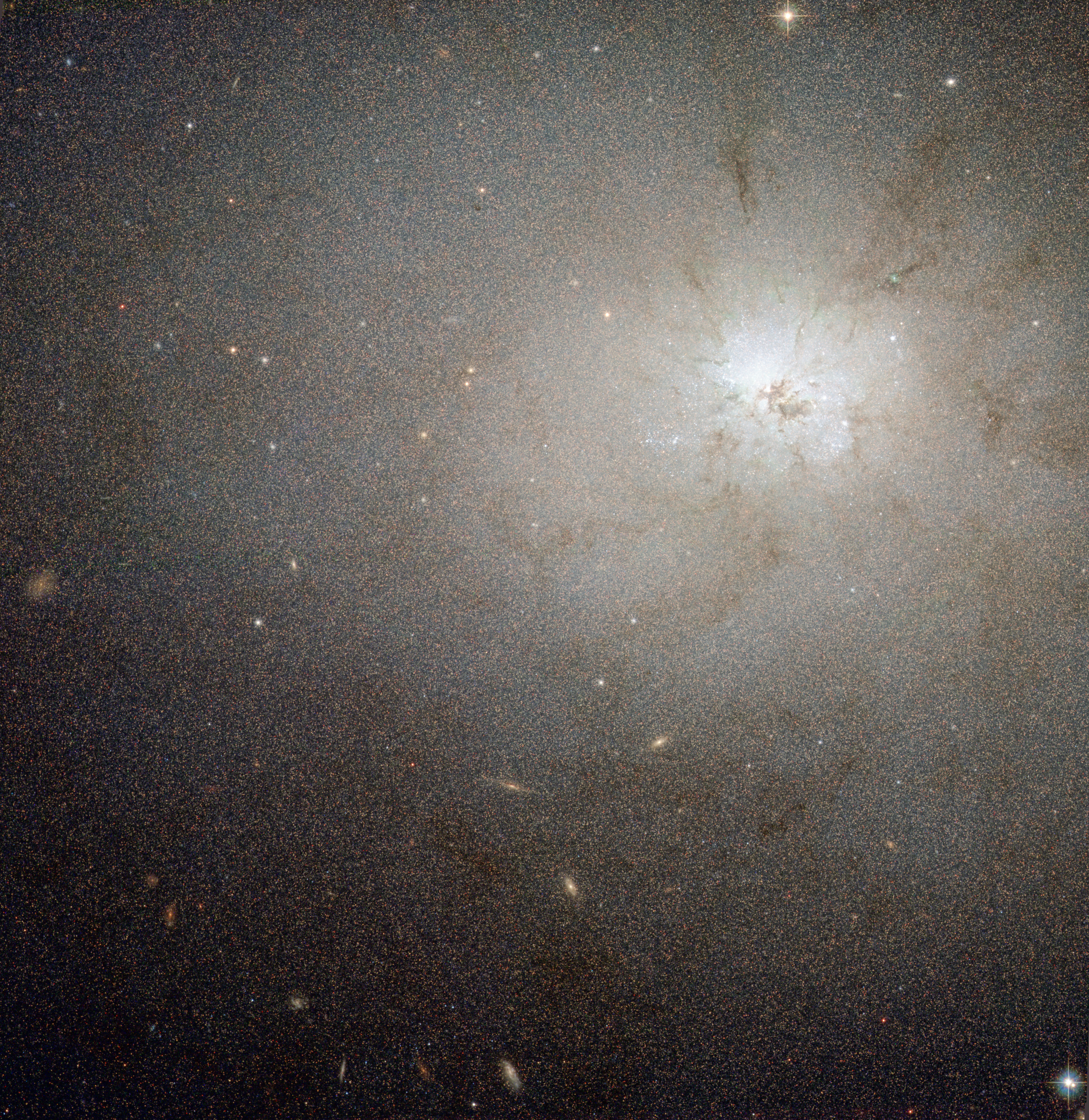Please login in order to download photos in full size
If you are not registered, please register for free: www.Free-Photos.biz/register
Please note to download premium images you also need to join as a free member..
You can also save the photos without the registration - but only in small and average sizes, and some of them will have the site's watermark. Please simply click your right mouse button and save the image.
Please login in order to like photos
If you are not registered, please register for free:
Sorry, non-members can download up to 1100 full-size photos per month.
It looks like you have used up your limit.
Free members can download an unlimited number of full-size photos - including the premium free photos.
Join as a member today for FREE! - and download the images without limitations:
www.Free-Photos.biz/membership.php
You can also save the images without the membership - but only in small and average sizes, and some of them may have the site's watermark. Please simply click your right mouse button and save the image.

|
This is a premium free photo
This photo was viewed 3 times and was downloaded in full size 2 times.
This photo was liked 0 times
If you are a member, please login in order to see the source link of the above image.
Summary
| Description |
English: At first glance NGC 3077 looks like a typical, relatively peaceful elliptical galaxy. However, as this NASA/ESA Hubble Space Telescope image dramatically reveals it is actually a hotbed of very energetic star formation and the whole galaxy is laced with dusty tendrils. It lies about 13 million light-years from Earth.
NGC 3077 was first seen by William Herschel with his 47 cm telescope in England in 1801, when he was close to completing his sky surveys. It is located in the far northern sky in the constellation of Ursa Major (the Great Bear) and forms a triplet with two brighter nearby galaxies, the graceful spiral Messier 81 and the very peculiar and active starburst galaxy Messier 82. Although overshadowed by its brighter neighbours, NGC 3077 is also very active and resembles a less dramatic version of Messier 82. Interactions between the three galaxies have stoked the fires of star formation in the core of the galaxy and the brilliant glow of many huge young star clusters at the centre of NGC 3077 dominates the Hubble image. If you look closely you can see vast numbers of individual stars in the galaxy across the entire image, as well as several, much more remote, galaxies seen through the much closer NGC 3077. This picture was created from images taken using the Wide Field Channel on Hubble’s Advanced Camera for Surveys. It was made from images through blue (F475W, coloured blue), orange (F606W, coloured green) and near-infrared (F814W, coloured red) filters. The exposure times were about 27 minutes per filter. The field of view extends over about 3.3 arcminutes. |
|||
| Date | 1 November 2010 | |||
| Source | https://www.spacetelescope.org/images/potw1028a/ | |||
| Author | ESA/Hubble & NASA | |||
| Permission (Reusing this file) |
|
Licensing
| This file is licensed under the Creative Commons Attribution 3.0 Unported license. | ||
|
Public Domain
| EXIF data: | |
| File name | ngc_3077__hst_.jpg |
|---|---|
| Size, Mbytes | 9.7918330078125 |
| Mime type | image/jpeg |
While the copyright and licensing information supplied for each photo is believed to be accurate, Free-Photos.biz does not provide any warranty regarding the copyright status or correctness of licensing terms. If you decide to reuse the images from Free-Photos.biz, you should verify the copyright status of each image just as you would when obtaining images from other sources.
The use of depictions of living or deceased persons may be restricted in some jurisdictions by laws regarding personality rights. Such images are exhibited at Free-Photos.biz as works of art that serve higher artistic interests.
PRIVACY POLICY
By registering your account and/or by subscribing to new and newly rated photographs you agree we may send you the links to photos and we may occasionally share other information with you.
We do NOT disclose your personal data.



